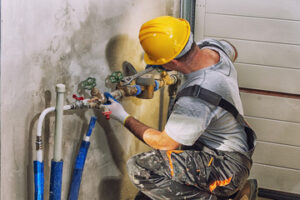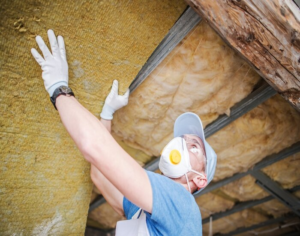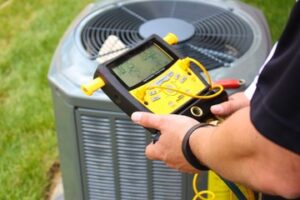If you want to become a world-class pool player, you need to practice the fundamentals. Many beginner pool players skip the basics and jump straight to advanced concepts like cue ball spin techniques and draw shots.
The disinfectants in pools aren’t just killing harmful pathogens, they also react with organic matter to produce unwanted disinfection by-products. These by-products can contribute to swimmer illness and murky water quality. Contact The Woodlands Pool Company now!

A pool is a body of water, usually in a natural setting. These pools provide habitat for distinctive plants and animals. They are also important for regulating the flow of rivers. They are also used for recreation and water sports, including diving. Pool is an activity that involves social interaction. It is a great way to meet people and make friends.
Also known as “bank pool,” this game is a variation on straight pool and is played with nine-balls. It is similar to fifteen-ball bank, but the players are able to pocket all of their object balls on every shot. In addition, there are fewer penalties for fouls. The first player to bank five balls wins. This game can be very intense and fast-paced.
It’s a good workout
Pool workouts are a great way to boost your cardiovascular fitness, strengthen major muscle groups, and improve balance and flexibility. They are also safe for people with certain health conditions, including joint pain and back problems. However, it is important to speak with your doctor before beginning any new exercise routine. In addition, it is a good idea to use a flotation device to reduce your risk of drowning. You should also wear a swim cap and goggles to prevent water and hair from getting in your eyes during your workout.
To start with this simple pool workout, stand in the water up to your chest and hold your legs together and arms down at your sides. Then, jump up and out of the water with your legs in front of you, bringing your arms straight above your head. Repeat 10 times. To make this exercise more challenging, try a faster pace.
Another easy pool workout involves kicking. This exercise is particularly effective for working the quads and hamstrings. To perform this exercise, start in the water with your feet firmly on a kickboard or other flotation device. Then, kick your legs in a synchronized pattern. This will create white splashes on the surface of the pool. Continue kicking for one minute.
Other great pool exercises include swimming laps and standing knee lifts. Swimming laps work the upper and lower body, while leg lifts build up your core muscles. You can also do side lunges, a simple but effective pool workout that targets the entire leg and hip area.
To make this pool exercise more challenging, move into deeper water where there is more resistance. You can also add pool-specific ankle weights and a kickboard to increase your workout intensity. Alternatively, you can use a pool noodle, which helps you get into a plank position and works out the core and abs. You can also do a dolphin kick, which will work out your legs and core.
It’s a good way to relax
A pool isn’t just a source of fun, but it can also be a good way to relax. A relaxing time in the water can reduce stress levels and provide a great workout. This can lead to a healthier heart and immune system and improved mood. It can even help you sleep better, which is important for your health. Having a pool can also help you get more vitamin D, which is important for your bones and immune system. In addition, it can be a great way to bond with family members.
Swimming is a great form of exercise for all ages and levels of fitness. It’s a low-impact exercise that doesn’t put as much strain on your body as jogging. If you’re a beginner, you can start by doing some simple strokes in the water and gradually work your way up to more challenging exercises.
Walking in the pool is another great option for low-impact cardio exercise. The buoyancy of the water provides support for your legs, which helps you maintain a healthy pace and improve your leg strength. This is especially beneficial if you suffer from knee or hip problems. In addition, swimming in the pool can help improve your technique and boost your endurance.
A pool can also be a great place for relaxation and meditation. Try a morning ritual like floating meditation or gentle stretching and yoga. You can also enjoy a cup of tea or coffee by the pool. The calm environment can help you focus on your breathing and mindfulness techniques.
A backyard pool can be a great place to relax, especially on a hot summer day. You can even invite friends over to enjoy a swim and barbecue. Many families use the pool as a gathering spot, reminiscent of childhood days spent splashing around and cheering on the swim team at the neighborhood swim meet. This is an excellent way to promote a sense of community and increase the value of your home. There are also many options for pool furniture to make the experience more relaxing. Floating chairs are available in a variety of styles and sizes, including mesh-backed chairs that can rust and large pool bean bags that can comfortably hold adults.








